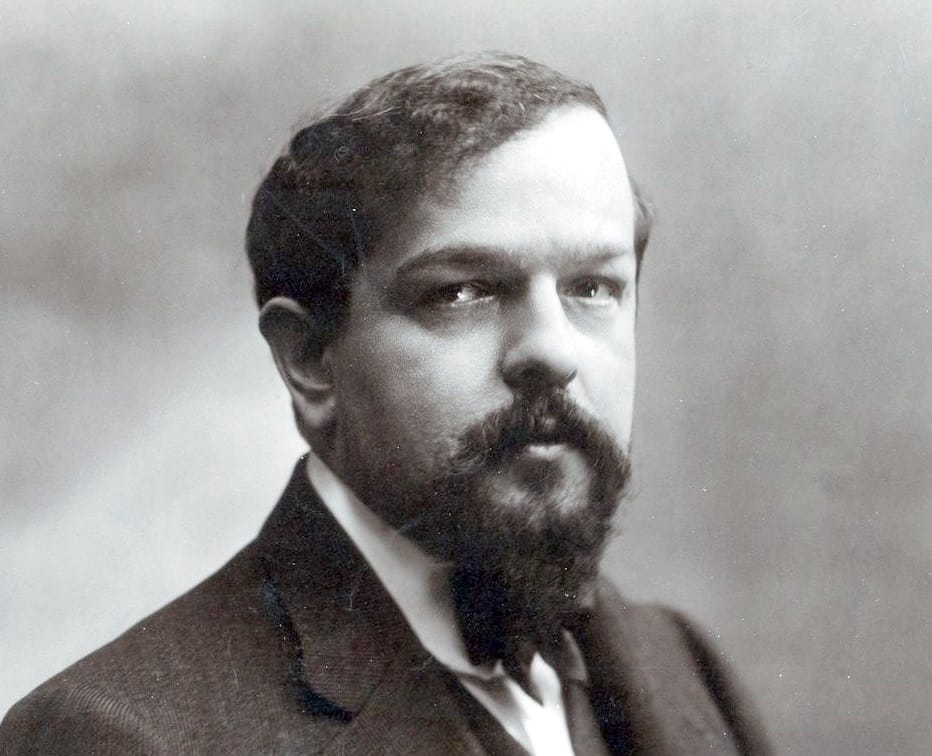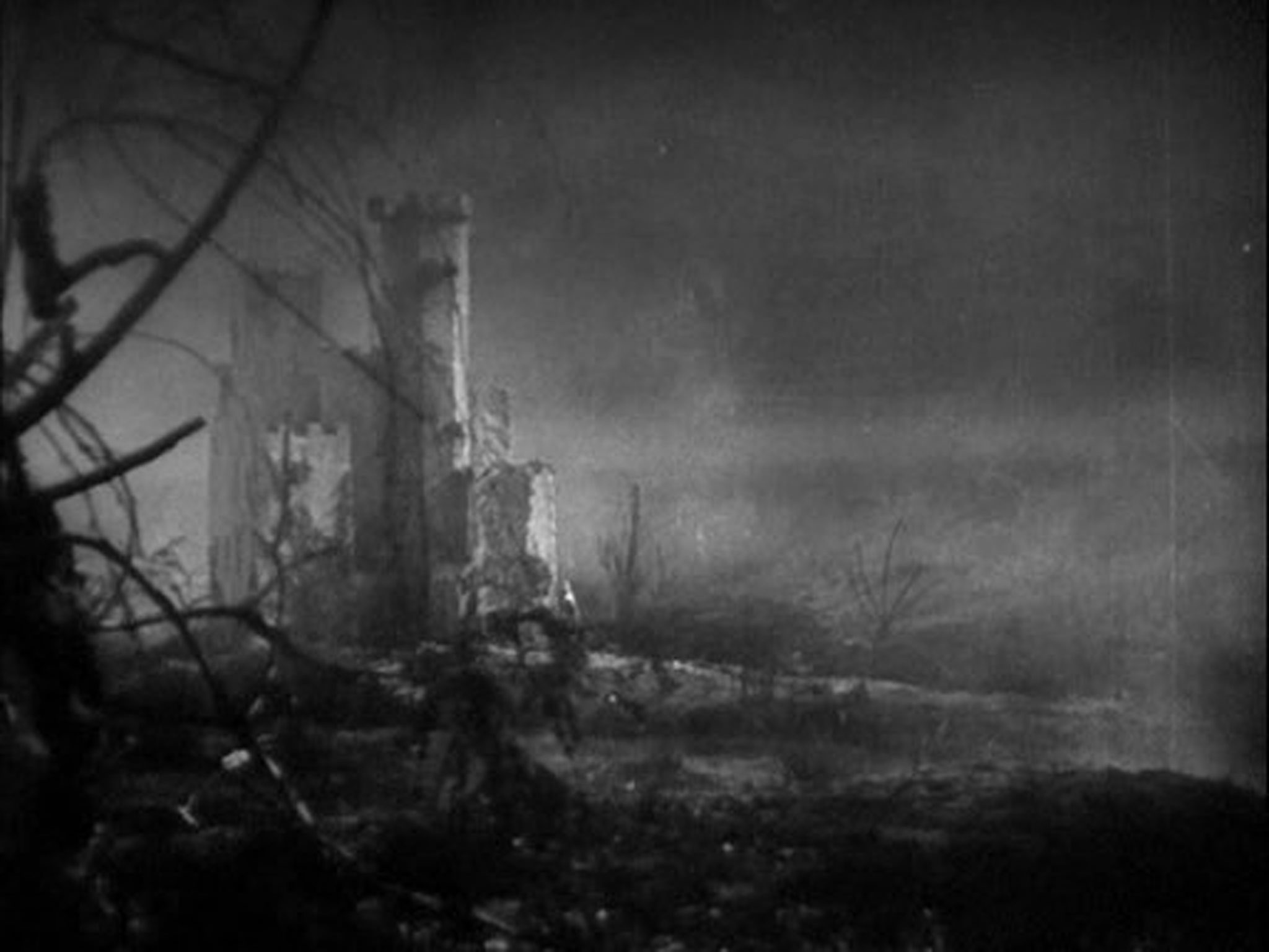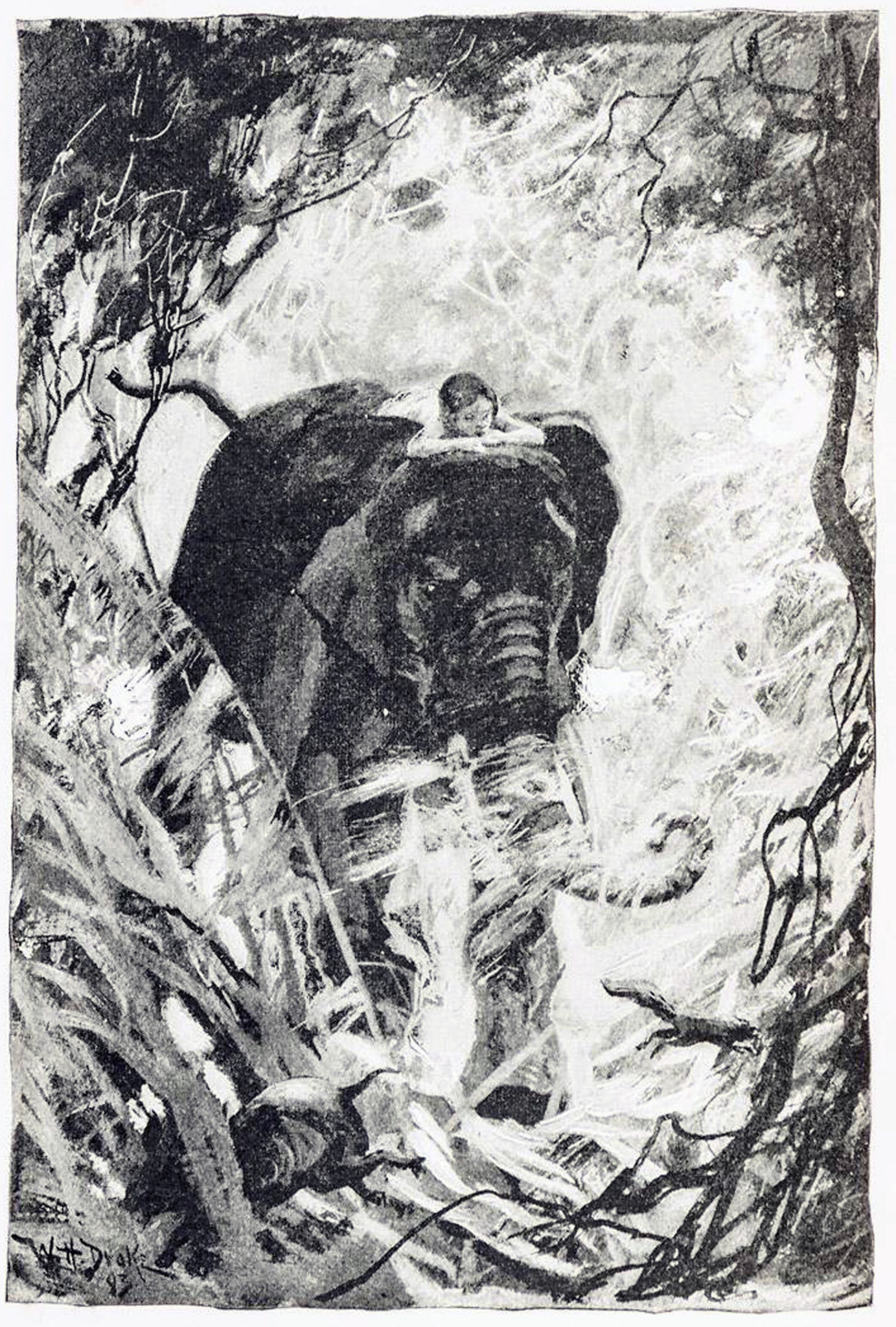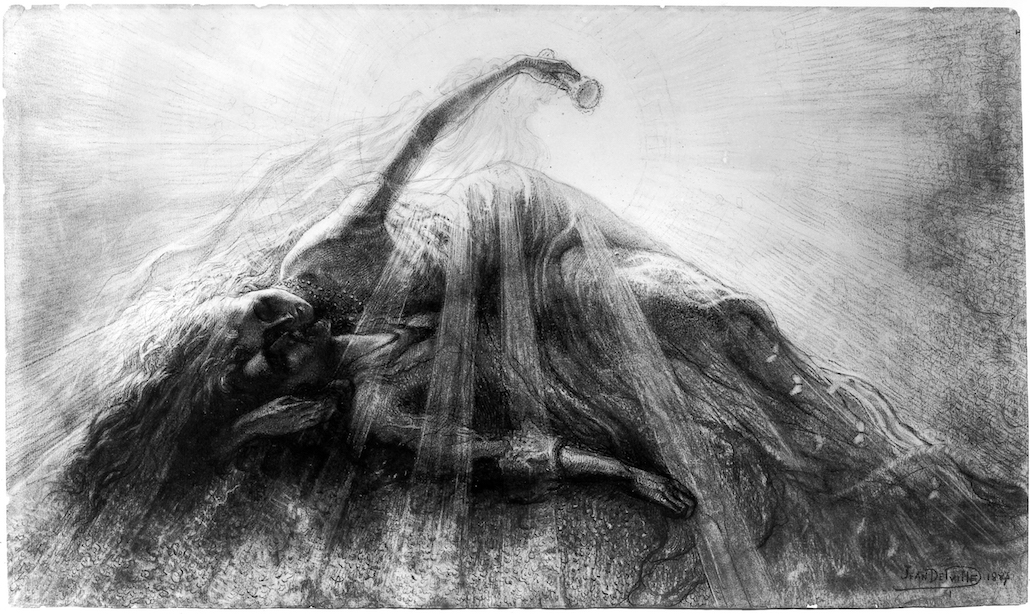THE UNKNOWN DEBUSSY – RARE PIANO MUSIC

My interest in the wonderful music of Claude Debussy began in the 1980s when I researched and published a book with Cambridge University Press entitled Debussy and the Theatre. During the course of my studies in Paris, I was amazed to discover that Debussy planned over 50 theatrical works but only finished two of these entirely by himself (the opera Pelléas et Mélisande in 1893–1902 and the ballet Jeux for Diaghilev’s Ballets Russes in 1912–13). Of the rest, many were never started musically (like Siddharta and Orphée-roi with the Oriental scholar Victor Segalen, 1907); some had a few tantalising sketches (like the Edgar Allan Poe opera Le Diable dans le beffroi, 1902–03); some were half-finished (like his other Poe opera La Chute de la Maison Usher, 1908–17); while others were musically complete but had their orchestrations completed by other composers (like Khamma, by Charles Koechlin, 1912–13; or Le Martyre de Saint Sébastien and La Boîte à joujoux by his ‘angel of corrections’ [‘l’ange des Corrections’] André Caplet in 1911 and 1919 respectively).
For it has to be admitted that what some scholars call Debussy’s ‘compulsive achievement’ could equally well be viewed as laziness, especially as far as the minute detail required for calligraphing his orchestral scores was concerned. It was as if creating the music itself was of greater importance than controlling its final sound, even if Debussy was an imaginative orchestrator when he found the time and energy to do it. It also seems true that Debussy also preferred inventing ideas to turning them into complete pieces. However, despite the lack of detail in many of his sketches (missing clefs, key signatures, dynamics, phrasing, etc.) the notes themselves are surprisingly accurate, whether or not they can be compared with a later draft. Thus, a large number of sketches exist for his Chinese ballet No-ja-li ou Le Palais du silence and it is not too difficult to see which parts of Georges de Feure’s 1913 scenario inspired which ideas. But Debussy hardly made any attempt to join them together after the first few bars.

It was usually up to his publisher, Jacques Durand, to find solutions when Debussy risked a breach of contract. Debussy was supposed to supervise the orchestrations completed by others, but this supervision was usually very light and restricted to quiet, sensitive moments in which problems were easier to spot. Far from jealously guarding every one of his created notes, as Ravel did, Debussy once even went as far as to ask Koechlin to ‘write a ballet for him that he would sign’ on 26 March 1914 when he was hard-pressed to fulfil his lucrative contract for No-ja-li with André Charlot at the Alhambra Theatre in London. In the end, Debussy (through Durand) sent Charlot the symphonic suite Printemps instead, whose orchestration had been completed by Henri Busser in the Spring of 1912.

So, when I was offered early retirement as Professor of Music at Liverpool University in 2004, I seized the opportunity it would give me to spend time trying to reconstruct some of Debussy’s lost potential masterpieces from his existing sketches and drafts – then orchestrating them in Debussy’s style when this was appropriate. I had begun this mission in 2001 with the most promising project, the missing parts of Scene 2 of La Chute de la Maison Usher and the sheer joy it gave me at every stage persuaded me to tackle other projects, especially when Debussy experts were unable to identify exactly where I took over from Debussy (and vice versa) in Usher.
The collection of preludes in Nicolas Horvath’s album begins with the piano solo reduction of the prelude to L’Enfant prodigue, Debussy’s successful Prix de Rome submission of 1884 (and revised in 1907–08 with the assistance of Caplet) which was made by Jacques Durand. Right after it comes Debussy’s Wagnerian opera Rodrigue et Chimène (1890–93) which, in contrast, has had quite a few orchestral performances. Here the piano solo comes from the Durand vocal score published in 2003 (Œuvres complètes, VI/1, pp. 3–6) with my revised ending for concert performance.
Also included are the first versions of the openings of the piano prelude La Fille aux cheveux de lin (1907) in which she has rather spikier hair, and of Bruyères (1912) where the heather is softer, though it took Debussy two attempts to make a prelude that would match La Fille in popularity. Then in January 1913, Debussy struggled to complete Toomai des éléphants as the 11th prelude in Book 2, finally replacing it by a rather Stravinskian study Les Tierces alternées.

However, his daughter Chouchou was fascinated by elephants and in the summer of 1913, Debussy wrote her a ‘Toybox Ballet’ (La Boîte à joujoux) which contains a ‘Pas de l’éléphant’ and an ‘old Hindu chant which is still used to train elephants [in India]. It is constructed on the scale of ‘“5 o’clock in the morning”, which means it must be in 5/4 time.’ (‘Vieux chant hindou qui sert, de nos jours encore, à apprivoiser les éléphants. Il est construit sur la gamme de “5h du matin” et, obligatoirement, en 5/4.’) My reconstruction of this lost prelude is based around this material which evokes a day in the life of Toomai, the young mahout, and his faithful elephant Kala Nag from one dawn to the next, incorporating the legendary ‘Elephants’ Dance’ from Rudyard Kipling’s First Jungle Book (1894) which only Toomai was ever privileged to witness. Nicolas Horvath in his album is premiering the revised second version of this prelude which contains an effect of piano harmonics as the dawn returns towards the end.
I have left the Prelude to ‘L’Histoire de Tristan’ (2011) till last because it requires more explanation. In July 1907, Gabriel Mourey offered Debussy a libretto (since lost) based on Le Roman de Tristan by the medievalist Joseph Bédier. This used the Cornish/Breton version of the Tristan legend, in which Yseult [Isolde] of the White Hands betrays Tristan (now mad) in the fourth and final act. Debussy thought that Wagner had ‘deformed’ the legend in his opera and was enthusiastic about putting this to rights, but was thwarted by Bédier’s cousin Louis Artus, who had written his own scenario and insisted that Debussy set this or nothing.

So, in the end, all that survived is a letter to Durand of 23 August 1907 in which Debussy cites a fanfare and one of his proposed opera’s ‘363 themes’ – a joke at the expense of Wagner’s ubiquitous Leitmotifs. However, Debussy’s theme resembles a dance-like folk song which is ideally suited to the ‘changing background’ technique’. So, with the aid of another Breton folksong (Le Faucon) it proved a joy to reconstruct. Debussy’s attractive theme (which is totally un-Wagnerian) gradually gains momentum, and after reaching an ecstatic climax, representing the transient happiness of the lovers, it dissolves into an expressive coda and an elegiac close, leaving us with the ultimate tragedy of their ill-fated affair. The orchestral version of this prelude can be heard on City of Light: New Discoveries PFNS CD 005, together with No-ja-li, as recorded by the Cardiff University Symphony Orchestra, conducted by Mark Eager in 2015
Together with other manuscript sketches from Debussy’s last productive summer of 1915, the Hotel Drouot sale in Paris, on 7 December 2004 included the start of an unknown piano piece. The 18-bar outline suggested a Petite Valse (‘Little Waltz’) in the accessible style of Debussy’s La Plus que lente of 1910, to which astute pianists will recognise passing allusions both during and at the end of my completion. The waltz is simply meant to be enjoyed by pianists seeking what might be termed a novelty by a great composer, as well as by its audience.
Fêtes galantes was actually planned as a hybrid opera-ballet to a libretto by Debussy’s friend Louis Laloy. For this, Laloy arranged selected poetry by Paul Verlaine into three tableaux, replacing an earlier (unstarted) Debussyan project with Charles Morice entitled Crimen amoris. During his last productive summer of 1915, Debussy set a sequence from the start of the first tableau, ‘Les Masques’, involving stanzas 1 and 3 of the opening song for Mezzetin in Verlaine’s comedy Les Uns et les Autres. The action is set in a park à la Watteau late one summer afternoon as Mezzetin attempts to entertain a group of nonchalant masqueraders with only the aid of his voice and a mandolin.

Next comes an unused movement, probably a first draft of La Passion, the third of the ‘Fragments symphoniques’ in Le Martyre de Saint Sébastien (1911). Again, this will be the first ever performance of this anguished but beautiful piece, and knowing how pushed for time Debussy was when he composed Le Martyre it is surprising that he progressed so far with a piece that he subsequently replaced.
With No-ja-li (Le Palais du Silence) of January 1914 it helps to follow the sequence of events in Georges de Feure’s scenario, as Debussy did in his sketches, and to know that Prince Hong-Lo is incapable of speech and seeks to impose his own inner ‘Silence’ on pain of death throughout his palace on the ancient island of Formosa (now Taiwan). In the end, the salvation for his beloved young wife, the Princess No-ja-li and the court comes through the power of music (in this case from a Malaysian gamelan orchestra and its associated dancers). After the opening gamelan prelude comes the explanation of the unhappy situation at Hong- Lo’s palace by the Narrator (spoken in French on the recording):
Prince Hong-Lo is mute / Prince Hong-Lo has cursed destiny / And avenged his fate / He imposes on his domains / ‘The Silence’ / A Solemn oath preserves the severe law / All is sadness in his frightened soul / All seems gloomy in his eyes! / No more warm colours! / No more soft nuances! / ‘Neutral’ on the walls / And ‘grey’ on the men – / ‘Black’ / On himself! / He loves – poor prince – the little princess / NO-JA-LI / Charming slave made idol / For her he is not the law / Only that of his oath: / Let her adorn herself with chiming colours! / Let her pose as a flower! / She is the only light / in all this sadness.
Debussy planned to compose seven pieces of incidental music for André Antoine’s production of Shakespeare’s King Lear (Le Roi Lear) in 1904 at the time of his elopement to Jersey with Emma Bardac. However, he never completed the project due to Antoine’s frequent postponements and unwillingness to provide the ‘30 musicians’ Debussy required to avoid ‘a feeble little sound like fleas rubbing their legs together!’ (‘un pauvre petit bruit de mouches se frottant les pattes’). And so the ‘Entrée de Lear’ (Act 1, Scene 1), ‘Le Roi Lear dans la lande’ (Act 3, Scene 2) and the ‘Bruits de bataille’ (Act 4, Scenes 3–4) never saw the light of day. In the end, Antoine used an existing score by Edmond Missa, although Debussy remained attracted to the concept of Shakespeare and music and was still working on Le Roi Lear in 1907 for separate orchestral performance as a suite. And in ‘July 1908’ he copied out four bars of a Prélude for the critic Georges Jean- Aubry, which I have recently expanded for Nicolas’ album.
Following on from this is a Fanfare with timpani effects which is substantially different from the one published by Roger-Ducasse in 1926. Then comes Le Sommeil de Lear, which is the same as the 1926 publication. Then, on the verso of the Fanfare manuscript I discovered the start of an extremely moving little piece in a modal D minor, which could only be for La Mort de Cordélia in Act 5, Scene 3. I thought this would be best suited to a binary movement in which most of the first half, the striking chromatic introduction and the elegiac theme are all by Debussy. This pencil sketch turned up in 2000 in the collection of Mrs Jayne Ericourt (wife of the pianist Daniel Ericourt) in Greensboro, North Carolina, USA.
I owe an enormous debt of gratitude to the celebrated pianist Nicolas Horvath for enthusiastically bringing my Debussy works to public attention in their solo piano formats, both through his recent recitals across France and through this Grand Piano release. In some cases these are true piano pieces (like Toomai des éléphants), in others they are piano reductions of orchestral scores (like Fêtes galantes), while in others they are piano solos in their own right that also exist in orchestral versions (as in the incidental music for Le Roi Lear). Needless to say, most of these tracks are world première recordings, and this is certainly true of A Night in the House of Usher and its companion piece Un jour affreux avec le Diable dans le beffroi (‘A Dreadful Day with the Devil in the Belfry’) which I arranged specially for Nicolas in November 2018 as a virtuosic, almost Lisztian paraphrase-fantasy. To remind us of the plot as the dramatic scenes unfold, Un jour affreux avec le Diable dans le beffroi, like the start of No-ja-li) has a narrator (spoken in French on the recording):
[After an overture rising from the underworld, with a polka and a children’s folksong inserted, a carillon rings out]: After this, the villagers start to count, with the bells of the belfry / 1, 2, 3, 4, 5, 6, 7, 8, 9, 10, 11, and 12 / It’s good / 13! / The bell rang 13 times / 13! / The Devil is here where the clock should be! / Damn it! / The cracked bells / The Devil laughs fit to burst / He pulls from the pocket of his coat, a small dancing master’s violin / ‘My God!’ said the devil – and he tunes his violin slowly / The Devil leads the villagers in a fantastic and remorseless jig [with jokes at the expense of Beethoven, Brahms and Tchaikovsky] / The Devil directs the villagers towards the canal – where he jumps to the other side, always laughing / The villagers try to imitate him, but it’s a disaster / [In Part 2] the villagers are transported to a hedonistic and lively Italian village. They are similarly transformed: the men have crooked hats – the women have wide open bodices! They dance a mad Tarantella / 1, 2, 3, 4, 5, 6, 7 and 13 / shouting ‘Hey there! Hola’ / [Jean, the young hero, makes a fervent] prayer to God against the Devil / The prayer is a success. The bell rings normally! / The expression of the Devil changes. In turn he shudders! / Everything goes black / The devil disappears in a brief red glow … / And the carillon and the bells sounded as usual / 1, 2, 3, 4, 5, 6, 7, 8, 9, 10, 11 and 12 / That’s good! / But the Devil’s grinning face appears once again where the clock should be – briefly.
Over the years 1908–16, Debussy had produced a viable scenario for Usher on his third attempt. But when he came to making a complete draft of the music, he seems to have lost interest during Roderick Usher’s long monologue, even though he was setting his own text. As in No-ja-li he jumped to the next passage that interested him, in this case the exciting final melodrama and the collapse of the Usher house itself.
In the process of completing the missing half of the score, I discovered that by reusing Debussy’s material for similar psychological situations across the opera, and by metamorphosing existing ideas (as Debussy does with Mélisande’s theme in his opera), the only things I really needed to add were linking material and any passages where fast music was required. So the ‘nightmare scherzo’ and Lady Madeline’s escape from her coffin and her final bloody revenge on her brother are all mine, but most of the rest is existing Debussy in changing contexts (in which the Russian technique of ‘changing backgrounds’, both harmonic and textural, proved extremely useful, as it did to Debussy in his Prélude à l’après-midi d’un faune). Eventually, both my completed ballet No-ja-li and the House of Usher were successfully premiered in 2006 and the latter soon began to find its way into the established repertoire in Europe and the US. To further support this, I transcribed some of the highlights of Debussy’s score as A Night in the House of Usher for organ, and subsequently piano – with a focus on Scene 2 and the final, horrific and macabre melodrama. In this form it was first performed by Ian Buckle in the Howard Assembly Rooms, Leeds in 2010.
Two volumes of works for piano in this CD are available from Musik Fabrik Music Publishing.
Nicolas Horvath’s album is available for download here.
Track List1: Forgotten Prelude, from “The Prodigal Child“ – 2:472: Forgotten Prelude, from “Rodrigue et Chimène” – 5:003: Forgotten Prelude, The Girl with Linen Hair (first version in Bb Major) – 0:474: Forgotten Prelude, from “The Story of Tristan” – 4:285: Forgotten Prelude, Bruyères (first version) – 3:476: Forgotten Prelude, Toomai of the Elephants (new edition) – 6:347: Little Waltz – 2:088: Fêtes Galantes – Tableau 1 – The Masks (beginning) – 7:099: The Martyrdom of Saint Sebastian, unused movement (first sketch of Act 3 No.4: The Passion) – 4:2910: No-Ja-Li (The Palace of Silence) – Chinese Ballet in 1 Act and 8 scenes (version with Florient Azouley, Narrator) – 17:1811: King Léar, Prélude – 3:5312: Le Roi Léar, (other) Fanfare – 0:5713: King Léar, Léar’s Sleep – 3:3814: King Léar, The Death of Cordelia – 3:3715: An awful day with the Devil in the Belfry (version with Florient Azouley, Narrator) – 11:3716: A Night in the House of Usher – 6:28





